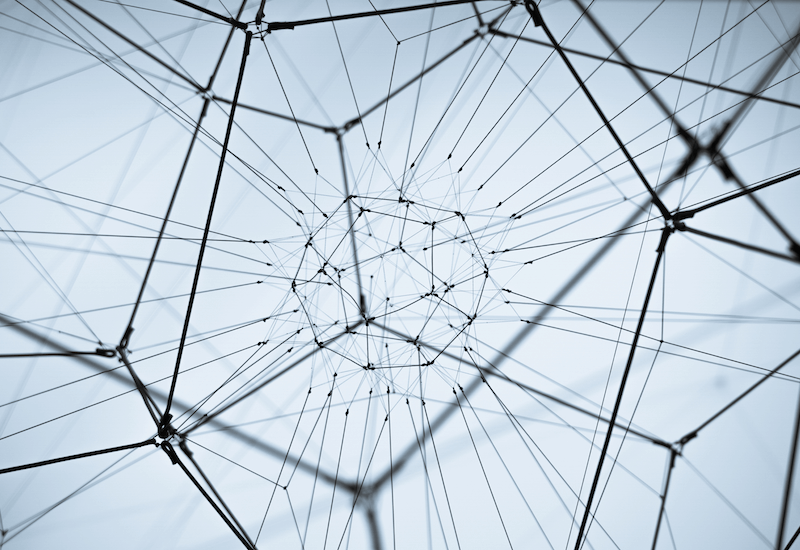
Transforming HR using Artificial Intelligence,(AI)
In today’s business ecosystem, Artificial Intelligence (AI) is transforming the HR function. There has been an influx of HR tools regarding applying machine learning and artificial intelligence to solve people issues in the workplace. In fact, organisations which are prompt in accepting and adapting to continuous change and are focused towards decentralisation, utilising technology optimally, are the ones who are more likely to win.
Higher the Risk, Higher Reward
AI and machine learning are just tools at the end of the day. So, like any other tool, it has both positive and negative impacts based on how you use them. If you configure or utilise them without thought, they can damage your culture or your processes. This is primarily a risk for those HR professionals who are not so much familiar with the underlying mechanics.
To deal with this, a well-seasoned HR pro is one who ensures that they comprehend the problem well before trying to solving it. Once you have figured out what the problem is, you need to question yourself if you really need the help of these technology tools to solve the issue at hand. You need to challenge yourself if applying these tech-oriented tools would make things simpler for you and enable you to remain free to solve other crucial issues. You should also ask yourself if you can solve this problem with the help of existing technology or if you can adopt a different approach to the work that you are already doing.
However, if you think that you do need to take the support of AI to solve the problem in hand, it is important that you educate yourself regarding the strengths and weaknesses of applying AI. It would be a good idea if you take the advice and expertise of your professional network both within and outside the company and ask them to review the tools that you are planning to use. If you can utilise AI correctly, it can save a lot of your time and energy and help to transform the HR function strategically.
The Right Tools for the Right Kind of Problems
A problem is not the same in nature. Likewise, all types of algorithms are not good at solving them. Hence, you need to ensure that the problem that you have in hand is well suited for applying AI.
Algorithms are not suitable for the following situations:
- Problems where there is very less data generation or where the data is a poor proxy regarding real-world behaviours or outcomes.
- Problems where the underlying set of data is in a highly biased form.
- Problems that need value-based judgments.
Algorithms, on the other hand, are well suitable for the following situations:
- Problems where all the relevant data is available and that data is directly relevant to the type of outcome or behaviour that you may be interested in.
- Problems where the patterns that you are looking out for are either consistent over a time period or are predictable.
However, you must remember that AI is not always handy to up-skill your employees. So if you opt to simply automate the processes, it may not result in the expected outcome. If you are anticipating behavioural changes, you need to tech that can help your employees learn. Research suggests that tech-based feedback is, in fact, most effective for solving behavioural issues as this kind of feedback is specific, timely, and actionable.
Do your Homework
It is very important that you must do your homework well before you decide to purchase HR AI-based tools. Try to find out how these models were developed and what kind of implications these development choices are likely to have on the HR function. You must also try to find out the data set that was used to ‘train’ the algorithm. Try to figure out what kind of potential bias may be present in that data and how did the model correct it. You should also try to figure out how this model evolved.
Undoubtedly, both machine learning and AI have the potential to significantly change the HR function. If you utilise AI to fast-track the positive impact that is already in motion, the technology-based changes can be reinforced by other types of strategic programs that are already being implemented.
